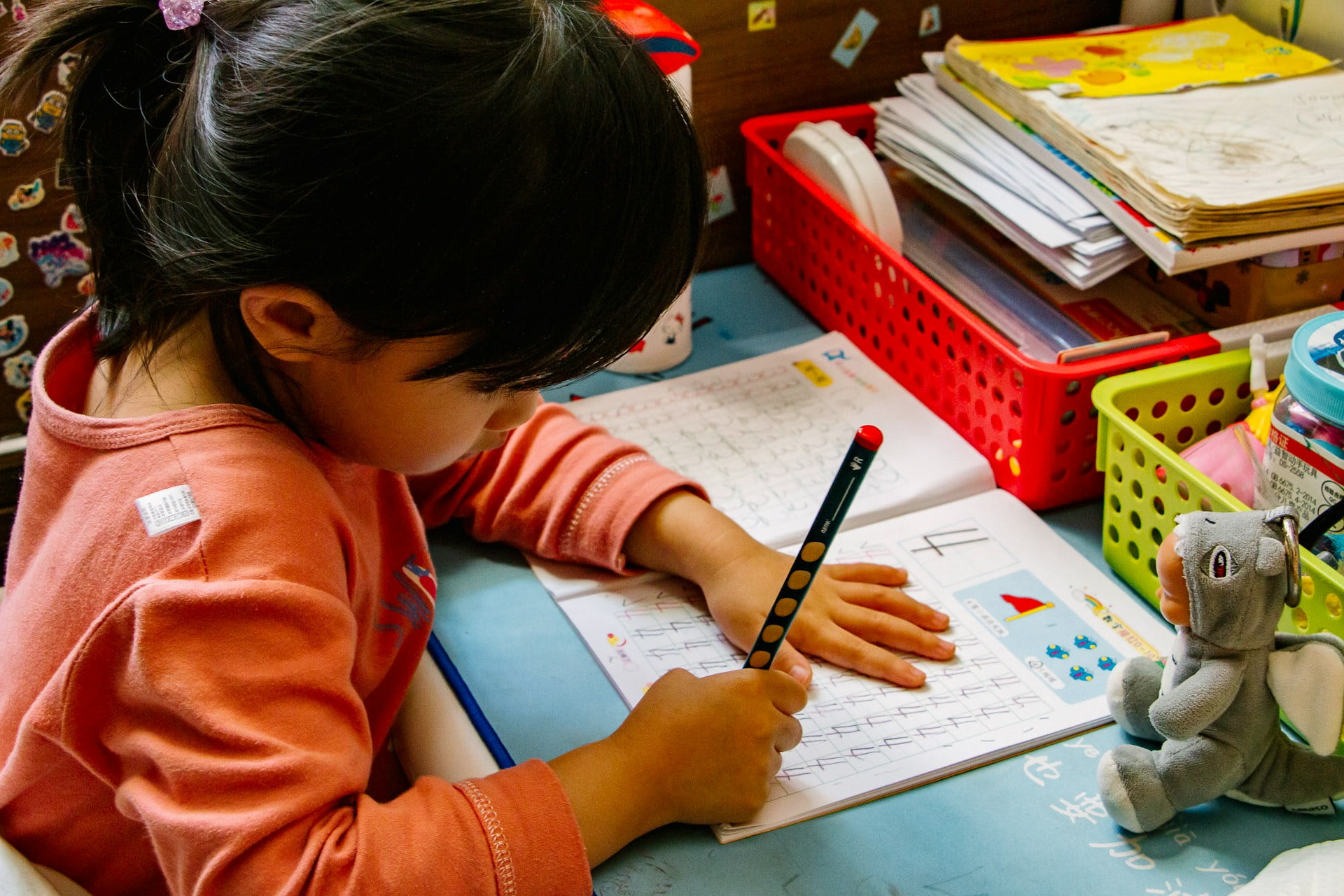Written by: Reagan Flowers, Ph.D.
As Spring approaches, standardized testing is on the horizon. These tests can be stressful for students, educators, and parents alike. In light of that, this month, I’m looking at some ways this testing could be failing students, particularly students of color.
Testing Focuses on Limited Subjects
Standardized testing primarily focuses on math and English. Subjects like science, technology, history, and foreign languages are often not tested. That’s why hands-on learning, like our C-STEM competitions, is crucial to engaging students and measuring whether they are actually learning. This goes a long way to ensure that students, especially underserved and underrepresented students, do not fall behind.
Another issue with this type of testing is that schools are pressured to raise their statewide English and math scores. This can result in a disproportionate focus on these subjects, taking away time and attention from other subjects students will need in their lives and careers.
Better Ways to Measure Progress
The answer is not to increase the number of subjects we test, but rather to find better ways to gauge student learning. This could look like hiring external evaluators to do spot checks on student work, having monthly check-ins to see where students are doing well and where they’re not, or prioritizing collaborative projects where students present their findings over testing.
Compiling qualitative data shows a much more accurate picture than test scores. Some students may be learning well but struggle with dyslexia or simply don’t test well. We must empower students to learn rather than check off certain boxes with test scores.
We can only teach students so much in their formative years, but we can encourage a love and passion for learning that will carry them throughout life.
The Role of Mental Health
Another problem with standardized testing is the additional pressure this places on students when teenage mental health problems are at an all-time high. This is a complex issue, with school staffing shortages, absenteeism, and lack of school funding figuring into the mix.
Students of color and impoverished students face further challenges, including hunger, unstable housing, lack of parental involvement, and biases. Encouraging these students through hands-on learning and measuring progress in qualitative ways flips the script on the negativity and stress added by standardized testing.
Biases in Standardized Testing
Another issue is that many colleges require test scores for acceptance. There are significant race gaps in SAT scores, with scores for Black and Latino students showing significantly lower. Moreover, these gaps have remained relatively high over the past two decades. These gaps are even more significant given the number of students who choose not to take the test and/or apply for college.
Finally, the SAT will be fully digital beginning this Spring. This could provide even more challenges for students with fewer resources or who need more digital literacy due to reduced exposure or access to technology.
In conclusion, measuring student ability and achievement is essential, but there are better solutions than the current standardized testing methods. We must keep an open mind and evolve education as students’ needs and circumstances change.







